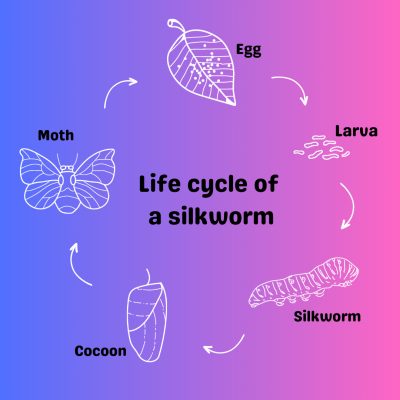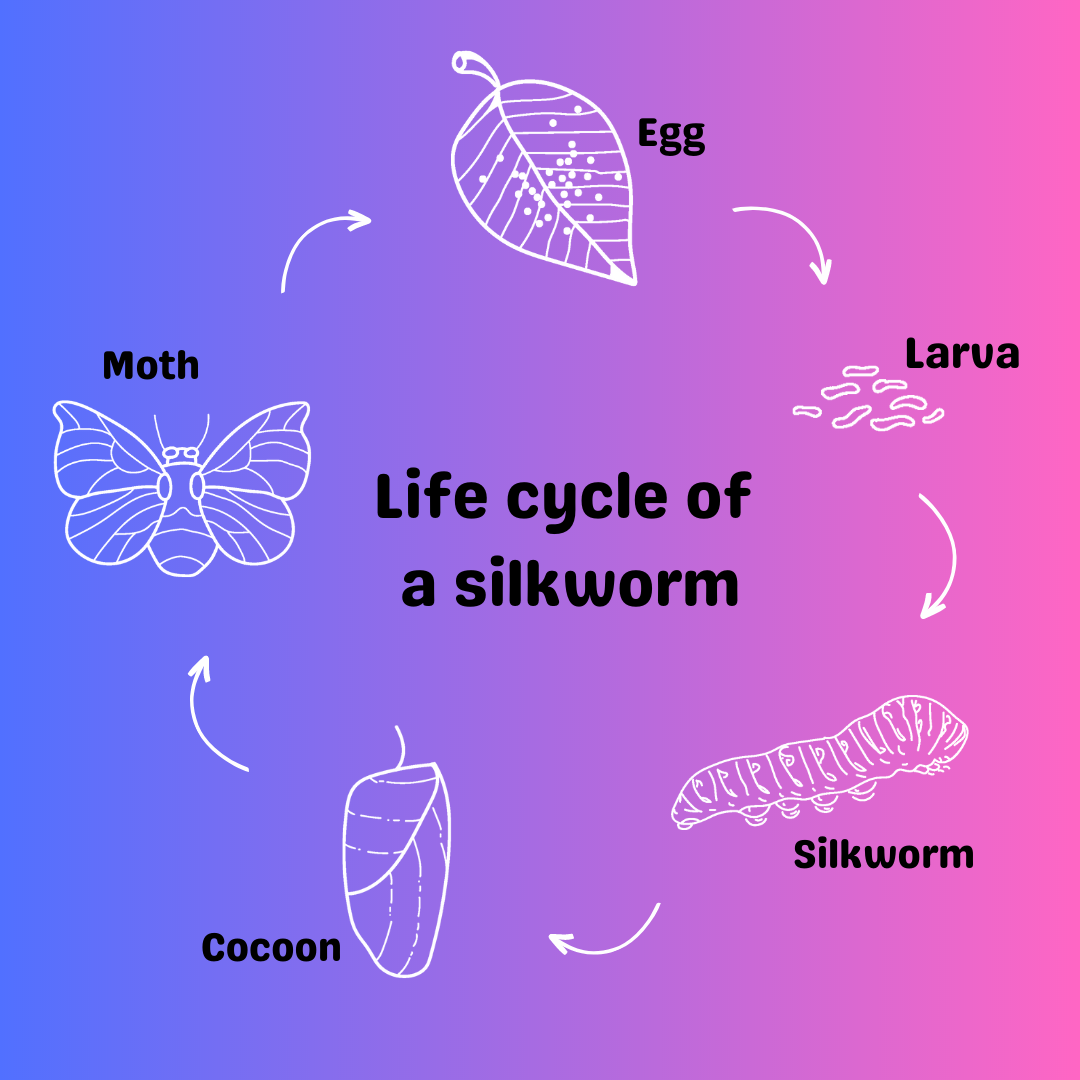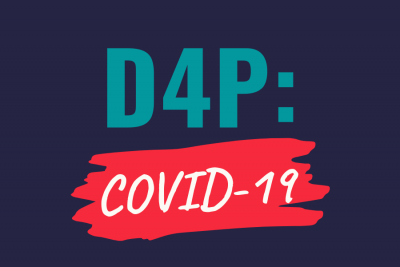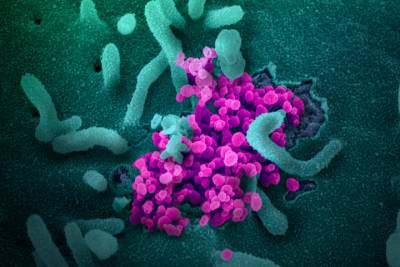Introduction to Silkworms
Silkworms (Bombyx mori) are fascinating creatures!
Silk worms are more like caterpillars as we know them and grow in stages. Each stage or ‘instar’ is followed by a molt of their skin. After their final molt, worms spin cocoons around themselves where they metamorphose into moths. It is these cocoons that are ‘degummed’ or washed to extract silk fibers that are later spun into yarn.

Sericulture is the practice of breeding silkworms for the production of raw silk and has been used for over 5000 years, first occurring in China, but now commonly practiced all around the world. More recently, scientists from many different disciplines (biologists, chemists, materials scientists, engineers) have started to look at silkworms in a whole new light: some study silkworms as a model organism for different biological phenomena, others have started to genetically modify silkworms to create silk with new and improved properties. They have even started to purify the molecules that make silk and engineer them for novel purposes (in skincare, medicine, biotechnology).










